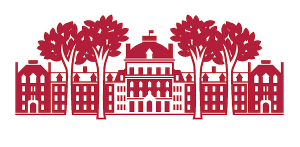Braidotti defines transversal posthumanities as a new and more useful discipline that is a combined criticism of centralizing Man in thinking about the world and anthropocentric views of species. Demuth’s Floating Coast offers many more-than-human frameworks in how she tells stories about the animals in the Bering Strait. She distinctly focuses on the animal perspective, how they are affected by humans, and explores their methods of communication with each other. The reduction of the whales, foxes, and reindeer and their spaces to commodities was viewed by each of the different players differently: whales knew they were being hunted and devised some ways to escape, the hunters knew they were killing intelligent, emotional, arguably moral animals, but continued to do so, and the consumers knew nothing of the whales but that their fat allows them to see in the dark. This recount of history within the Bering Strait is just one of many examples of human-animal relationships that eventually commercialized so much that demand for the animal’s value was so high that it couldn’t be met by the animals themselves. Callon’s theory of translation is exemplified by the case of scallops, fishermen, and scientific colleagues at St. Brieuc Bay, in which each actor and their subsequent thoughts and feelings are summarized by the three researchers tasked with describing the situation. From the researchers’ representations of these actors, there may come controversy because it is very difficult to construct a narrative that truly encapsulates what every actor in each group thinks of the situation. I think it is a step towards thinking in a more-than-human framework, especially because Callon considers not only the human agents, but the scallops as well. However, it is still distorted and displaced because of the translation. The Native people in Demuth’s book had a way of translating what the whales were saying and thinking, but that is also displacement. The consumers had a translated version of the whales as well, perhaps in the most displaced way. The Organic Machine similarly held a more-than-human view in its amoral framework of the Columbian River history where Man is not the sole focus or solicitor of actions, but the river and its inhabitants are agents and have agency themselves. But, in translation, like with the whales and scallops, they are historically overshadowed, leading to their over-commodification and then our current climate today. I think the more-than-human framework tries to move past that distortion to extrapolate outside of the anthropocentric view of nature, and these chapters try to demonstrate, but as Braidotti says, translation is a process that is never fully accomplished.
